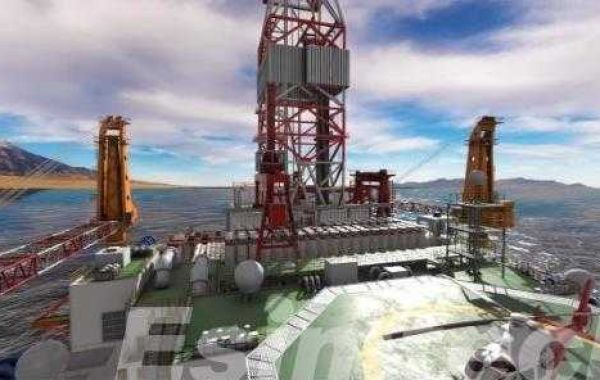But the Wild West of oil exploration is undergoing a transformation, thanks to a wave of innovative technologies designed to make remote drilling safer, more efficient, and more sustainable.
The Challenges of Remote Drilling
Remote drilling presents a unique set of challenges:
Logistics: Transporting equipment and personnel to distant locations can be expensive and time-consuming. Harsh terrain and extreme weather conditions further complicate logistics.
Safety: Operating in remote areas with limited access to medical facilities necessitates a heightened focus on safety protocols and emergency preparedness.
Environmental Impact: Drilling activities can have a significant impact on fragile ecosystems. Minimizing this footprint is crucial for responsible resource extraction.
Innovation Tames the Frontier
These challenges are being addressed by a surge in innovative technologies:
Autonomous Drilling Systems: These self-piloting rigs can operate with minimal human intervention, reducing the need for personnel on-site and improving safety. Advanced sensors and real-time data analysis allow for precise drilling and efficient wellbore management.
Advanced Robotics: Robots are increasingly employed for hazardous or repetitive tasks, reducing worker exposure to risks and streamlining operations. From pipe handling to wellbore inspection, robots are becoming indispensable tools in remote drilling.
Digital Twins and Real-Time Data Analysis: Creating digital replicas of drilling rigs and wellbores allows for remote monitoring, predictive maintenance, and real-time optimization of drilling parameters. This not only improves efficiency but also allows for early detection of potential issues, preventing costly downtime and safety hazards.
Advanced Communication Technologies: Reliable and secure satellite communication ensures constant connectivity between remote drilling sites and central operations centers. This allows for real-time data transfer, remote expert support, and improved decision-making.
The Benefits of Innovation
These advancements offer a multitude of benefits for remote drilling:
Improved Safety: Reduced reliance on human intervention minimizes worker exposure to risks. Real-time monitoring allows for swift response to potential emergencies.
Increased Efficiency: Autonomous systems and advanced data analysis optimize drilling operations, leading to faster well completion and lower costs.
Reduced Environmental Impact: Smaller footprints for drilling rigs and improved efficiency minimize the environmental impact of remote drilling activities.
Sustainable Resource Extraction: Advanced technologies allow for more precise drilling and targeted resource extraction, leading to a more responsible approach to oil and gas exploration.
The Future of Remote Drilling
The future of remote drilling is bright. As these technologies continue to develop and converge, we can expect even greater advancements in safety, efficiency, and sustainability. The Wild West of oil exploration is being tamed, not with brute force, but with the ingenuity of cutting-edge technology. This paves the way for a future where remote drilling coexists responsibly with the environment, delivering the resources we need while protecting the planet for generations to come.








